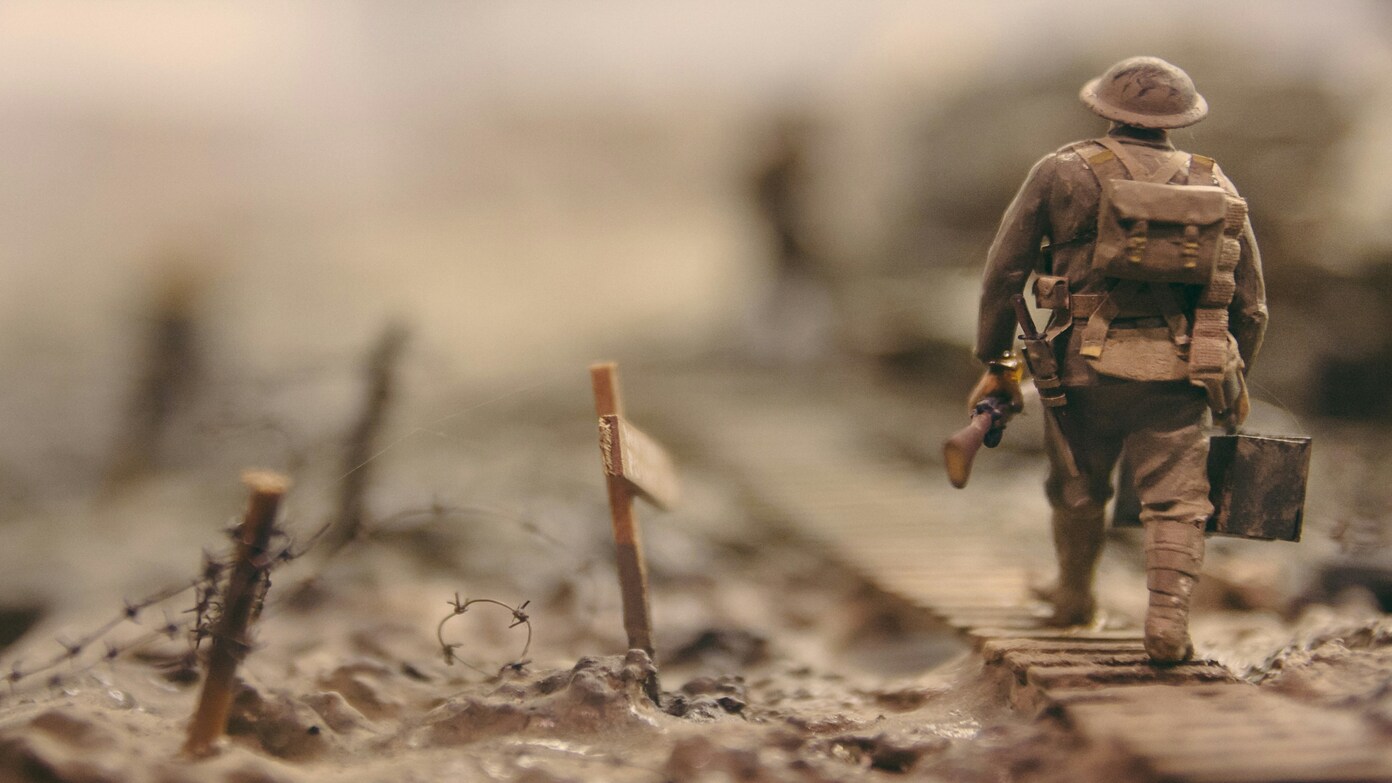The Korean War, often referred to as “The Forgotten War,” was a conflict that lasted from June 25, 1950, to July 27, 1953. It was a war fought on the Korean Peninsula between North Korea, supported by China and the Soviet Union, and South Korea, supported primarily by the United States and the United Nations forces. The war resulted in the deaths of millions of soldiers and civilians, and it left a deep impact on those who survived, particularly the veterans who fought in the conflict.
The Korean war
The Korean War began when North Korea, under the leadership of Kim Il-sung, invaded South Korea. The invasion prompted a swift response from the United Nations, with the United States leading a coalition to defend South Korea. The war was marked by brutal fighting, harsh weather conditions, and devastating consequences for the civilian population.
The conflict ended in a stalemate, with an armistice signed on July 27, 1953. The Korean Peninsula remains divided to this day, with the Demilitarized Zone (DMZ) separating North and South Korea. The war had significant geopolitical implications, setting the stage for the Cold War tensions between the U.S. and the Soviet Union.
Veterans of the Korean war
As of September 2024, the number of veterans from the Korean War is decreasing rapidly. The war ended over 70 years ago, and the youngest veterans are now in their late 80s or early 90s. According to the U.S. Department of Veterans Affairs, approximately 6.8 million Americans served in the Korean War. However, as time has passed, the number of surviving veterans has decreased significantly due to age and natural mortality.
Surviving Korean war veterans
According to the U.S. Department of Veterans Affairs, in 2020, there were over 1 million Korean War veterans still alive. As of October 2023, the number of living veterans from the Korean War is rapidly declining due to the aging population. However, this number is expected to decrease significantly over the next decade. By 2030, the population of Korean War veterans is projected to fall below 200,000. This steep decline is attributed to the fact that most Korean War veterans are now in their late 80s and 90s, with many facing age-related health challenges.
Geographical distribution of Korean war veterans
Korean War veterans are spread across the United States, with about 6% of veterans in each state having served in the conflict. The states with the highest populations of Korean War veterans are Florida, California, Texas, New York, and Pennsylvania. These states are home to large veteran populations in general, which is why they have higher numbers of Korean War veterans as well.
As of October 2023, there were just under 12,000 living family members in South Korea aged 90 years and older who were separated by the war. The mortality rate among these separated family members continues to increase due to aging, and the chances of reunification grow slimmer with each passing year.
Remembrance and honor
Korean War veterans are honored and remembered in various ways. The Korean War Veterans Memorial in Washington, D.C., is one of the most prominent tributes to those who served. The memorial features statues of soldiers and a reflective wall that honors the sacrifices made by the U.N. forces during the war.
In addition to physical memorials, Korean War veterans are also honored through annual events and ceremonies, such as the Korean War Veterans Armistice Day on July 27, which marks the anniversary of the armistice. On this day, veterans and their families gather to remember the sacrifices made and to ensure that the Korean War is never forgotten.

